#Cathedral of Solsona
Text

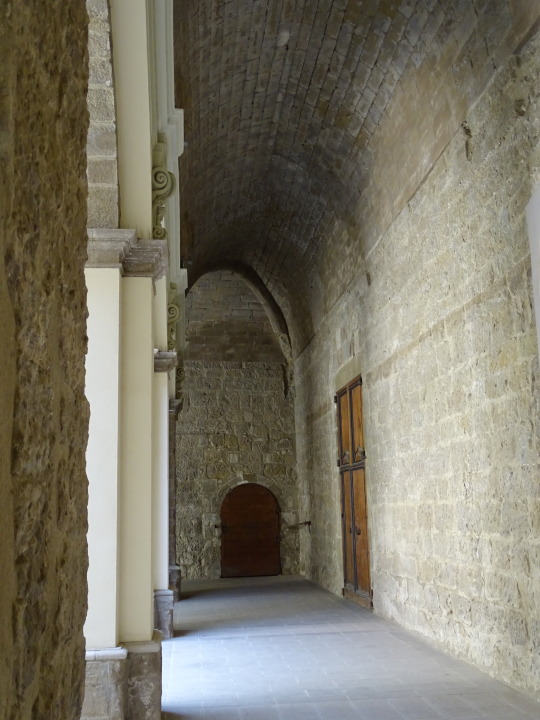


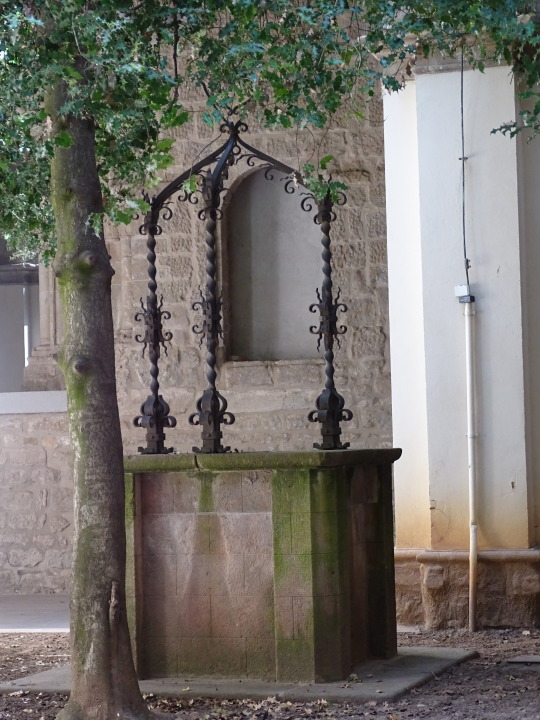
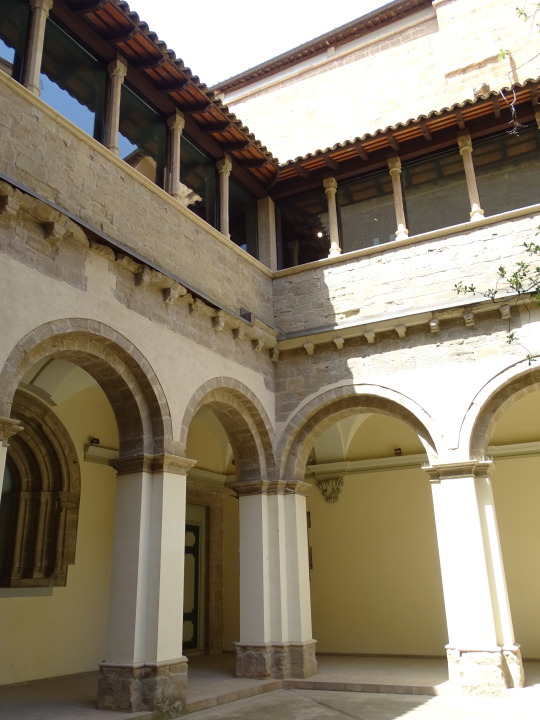

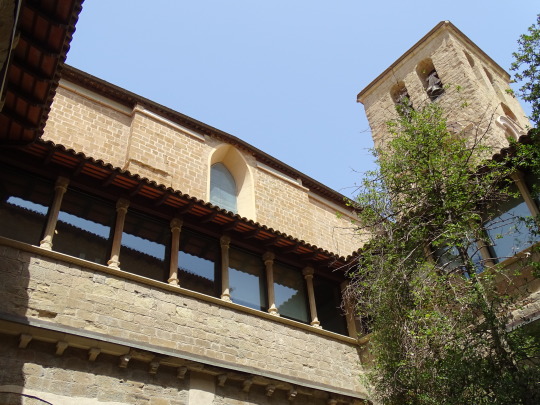
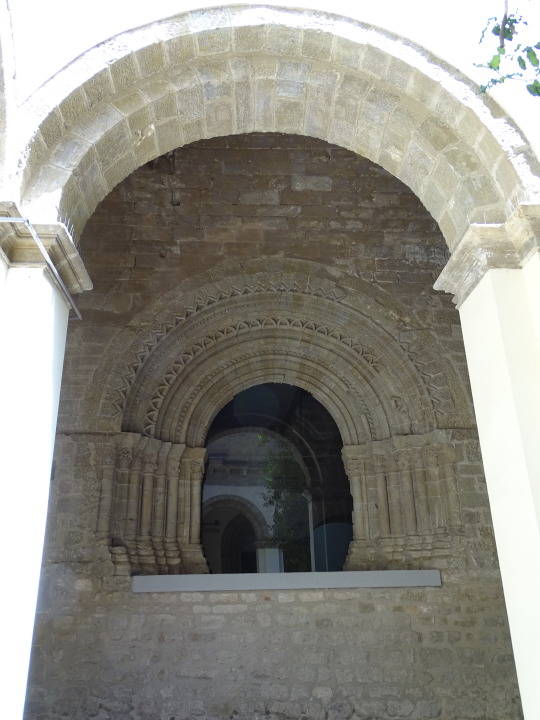

Solsona Cathedral, Spain (No. 5)
The cathedral is the main church of the bishopric. This cathedral complex not only stands out for its religious significance but also for its artistic-cultural interest.
The collegiate church of Santa María de Solsona was one of the outstanding canonical churches in Catalonia. From the primitive Romanesque church (1070-1163) the three apses, the bell tower, the cloister, the cellar and the dining room of the canons, current "room of the Holy Martyrs", are still preserved. The current cathedral is Gothic, begun in the late thirteenth century and completed in the seventeenth century. To the left of the transept is the chapel of Mercè, with a baroque altarpiece. On the right, there is the chapel where the image of the Virgen del Claustre (patron saint of the city), from the twelfth century, is venerated, cataloged as one of the most important sculptures of Catalan Romanesque.
The outer door of the Church Square is neoclassical (1780) with a relief of St. Augustine in ecstasy. The façade of the Palace Square is Baroque and contains a relief of the Assumption (1769). In this same square is the Episcopal Palace.
Source
#Cathedral of Santa María de Solsona#Cathedral of Solsona#España#Southern Europe#Nucli antic#travel#original photography#vacation#tourist attraction#landmark#architecture#cityscape#exterior#detail#old town#summer 2021#Northern Spain#interior#tree#courtyard#well
4 notes
·
View notes
Photo

#Repost @ramonsegues • • • • • • Solsona Cathedral També fan Festa! #festamajorsolsona #festamajor2020 #gegants #aliga #drac #festa diferent #claustres __________________________ #AligaDeSolsona #AligaDeCatalunya #AliguesDeCatalunya #Aliga #Aguila #Aguiles #Aligues #BestiariPopular #FiguresZoomorfiques #ImatgeriaFestiva #CulturaPopular #BestiariFestiu #BallDeLAliga (en Solsona) https://www.instagram.com/p/CiTICiRtadV/?igshid=NGJjMDIxMWI=
#repost#festamajorsolsona#festamajor2020#gegants#aliga#drac#festa#claustres#aligadesolsona#aligadecatalunya#aliguesdecatalunya#aguila#aguiles#aligues#bestiaripopular#figureszoomorfiques#imatgeriafestiva#culturapopular#bestiarifestiu#balldelaliga
0 notes
Note
Hello, just wanted to ask, when someone refers to "Central Catalonia", what comarques or areas does that actually encompass?? And are there any cultural differences with other parts of Catalunya?
Hello!
When we say Central Catalonia (Catalunya central), also called central counties (comarques centrals), it includes the following comarques: Berguedà, Solsonès, Bages, Moianès, and Osona. Sometimes you can find L'Anoia also included, but usually L'Anoia is included in the Penedès instead.
This is a map of the vegueries (broader areas) of Catalonia:

Culturally, Central Catalonia is united by shared accent and linguistic traits, geography (mountain ranges and the Vic plain), pilgrimage routes, having the same cities as reference and by food such as the excellent embotits (cured meat) such as llonganissa de Vic and everything they do in Osona. People from the rest of Catalonia will buy them from there because they’re so delicious!
It’s also the area with the most important religious (Catholic Christian) heritage since the Middle Ages, and it also has an important heritage from the Industrial Revolution.
In the north of l’Anoia there is the holy mountain range of Montserrat, where the image of the Mother of God of Montserrat (also called La Moreneta) was found and is kept. She is the patron saint of Catalonia (together with St. George), so as you can imagine there are a lot of people who go on pilgrimage to this mountain. There are many popular activities such as large groups of people walking up the mountain together, songs like el Virolai, the legend of the drummer of el Bruc (though it takes place here, it’s known in all Catalonia), and the Montserrat Abbey has the oldest choir in Europe, founded in the 12th century!


(The Montserrat Abbey and the venerated image of La Moreneta)
One of the main cities in Central Catalonia is Manresa, which is also a pilgrimage centre because Saint Ignatius of Loyola lived in a cave in this city for some years to meditate, when he was on his way to Montserrat.

You can visit the cave as well as St. Ignatius’ pilgrimage routes and other buildings associated with him.
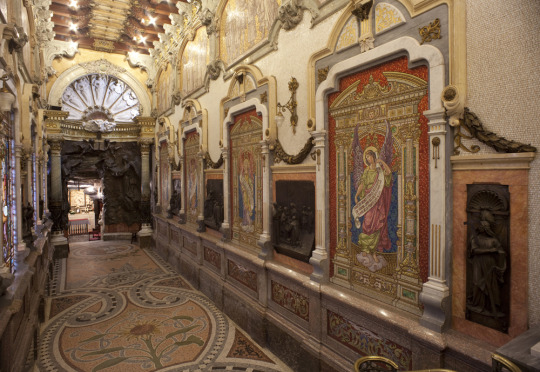

(Inside the cave in Manresa)
The city of Vic, too, has an important place in history and religion. It’s the seat of the bishop, and is famous for the bishop Oliba (971-1046) who drove the reforms known as “pau i treva” (peace and truce), which meant that by law the feudal lords only had power over their subjects during daytime and not on holy days and rest days.

(Monument to Abat Oliba, between Vic’s cathedral and its museum of ecclesiastic art Museu Episcopal de Vic)
The industrial heritage of Catalonia is also heavily centered in Central Catalonia, since the way that industralisation worked here was by creating factory-towns that used the river’s force to make the factory work. Central Catalonia is crossed by the rivers Llobregat and Ter, where the majority of these factory-towns were.
It’s in Central Catalonia where the tradition of choosing a pubilla and an heureu is stronger. Pubilla and hereu mean “heiress” and “heir” respectively, and they are two people chosen by the town to become their representatives or ambassadors in cultural activities. This tradition comes from the traditional Catalan laws, where the heirs were very important for families.
In many areas of Catalonia like the centre, every year each association or quarter choses their own pubilla and hereu, and from all of those they chose the pubilla and hereu for the town. And between the ones from each town, the region ones, and between the region ones, the one that will represent all Catalonia for the year. They dress in traditional clothing that represents the heir and heiress from big farmhouses, and they attend cultural activities around all the country as a representative.
In Central Catalonia, the choice of the town’s pubilla and hereu is usually part of the town’s festa major (local patron saint festivity).
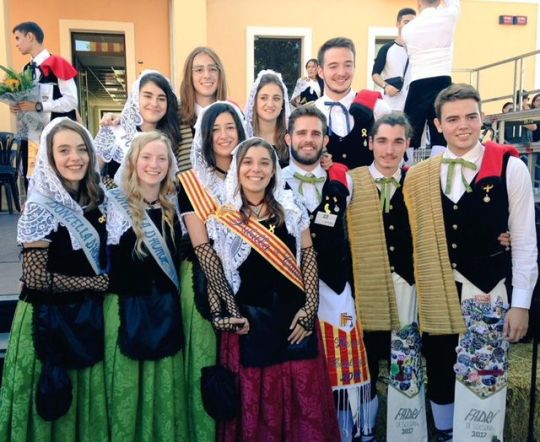
(Candidates to pubilla and hereu in Solsona)

(Pubilla and hereu making a flower offering at the Montserrat Abbey)
That’s what comes to my mind about Central Catalonia. It has some things that are different from the rest of Catalonia but mostly the differences are on what cultural elements have more importance and people participate in most.
If I have any followers from Central Catalonia who see this, please feel free to add to this post!
67 notes
·
View notes
Photo

#solsona#solsonès#catalonia#catalunya#medieval#patrimoni#patrimonio#culture#church#amazing#cathedral#romanity#xviii century#xviiie siècle
1 note
·
View note
Text
Catedral de San Vito (Praga), Cathedral St. vitus (Prague )
Catedral de San Vito (Praga), Cathedral St. vitus (Prague )
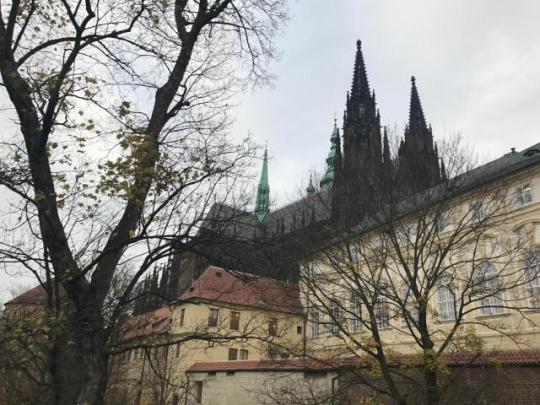
Foto del exterior de la Cathedral St. vitus Prague (Chrám svatého Víta o Katedrála Svatého Víta en Checo).
La Catedral de San Vito es una catedral dedicada al culto católico situada en la ciudad de Praga y que representa la mayor muestra de arte gótico de la ciudad. Fue construida en 1989 y dedicada a a San Vito, San Adalberto. y
San Venceslao.
Derechos foto: José Solsona Barriel
View On WordPress
0 notes
Photo
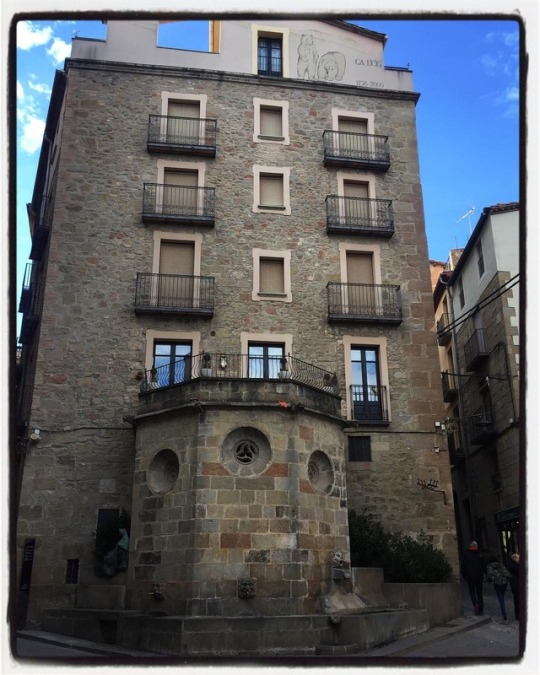
Ca l’ós de Solsona 321/365 321 de #project365 #project365 #solsona #coneixentcatalunya #turistejant #autumnwalks #arroundtheworld #catalunyaturisme (at Solsona Cathedral)
0 notes
Photo

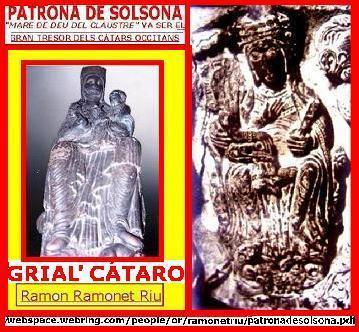

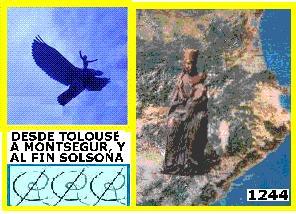
THE SAINT PATRON OF SOLSONA CITY:
THE SCULPTURE "SAVED" FROM MONTSEGUR CASTLE
The Virgin and The Child, the current patron of Solsona (Lleida) is a stone image of a meter in height, which was sculpted in black colour Romanesque In my research I identified as Mani who was revered by the last defenders Montsegur castle (Ariege) that same year 1244.
For the transfer of nobles of Languedoc south of the Pyrenees the decades of extermination of the Occitan culture, I argue that the image of Our Lady, venerated in Solsona, was the mysterious "Cathar treasure". In 1244 (from Montsegur / Ariege) was well hidden in the cloisters of the cathedral of Solsona.
To introduce the topic left testimony to the existence of my work in two large volumes, which can be downloaded from the Internet via the PDF system, but these pictures of my pages, which unfortunately also discharged more slowly than websites.
SYNTESY (first link))
http://webspace.webring.com/people/or/ramonetriu/marededeudelclaustre.pdf
http://webspace.webring.com/people/or/ramonetriu/patronadesolsona.pdf
My links to other cultural synthesis of my research diverse open, please:
http://webspace.webring.com/people/or/ramonetriu/research.html
LA PATRONA DE SOLSONA: EL “TESORO SALVADO” DEL CASTILLO DE MONTSEGUR
La Virgen y El Niño, la actual Patrona de Solsona (Lérida), es una imagen de piedra de un metro de altura, que fue esculpida en estilo románico de color negro En mi investigación la identifiqué como la Mani que fue venerada por los últimos defensores del castillo de Montsegur (Ariege) aquel mismo año.
Por el trasvase de nobles del Languedoc al sur de los montes Pirineos las décadas de exterminio de la cultura occitana, defiendo que la imagen de Nuestra Señora, venerada en Solsona, fue el misterioso TESORO CATARO. En 1244 (procedente de Montsegur/Ariege) fue ocultado en el pozo de los claustros de la catedral de Solsona.
Para presentar el tema dejé testimonio de la existencia de mi obra en dos gruesos volúmenes, que se pueden descargar en Internet mediante el sistema PDF, pero se trata de fotografías de mis páginas, las cuales lamentablemente también se descargan más despacio que las websites. Sintesis 1ª y 2ª PARTES, léalas en:
http://webspace.webring.com/people/or/ramonetriu/marededeudelclaustre.html
http://webspace.webring.com/people/or/ramonetriu/marededeudelclaustre.pdf
http://webspace.webring.com/people/or/ramonetriu/patronadesolsona.pdf
Mi pag. de enlaces a otras síntesis de mis investigaciones culturales diversa, se abre:
http://webspace.webring.com/people/or/ramonetriu/research.html
0 notes
Text

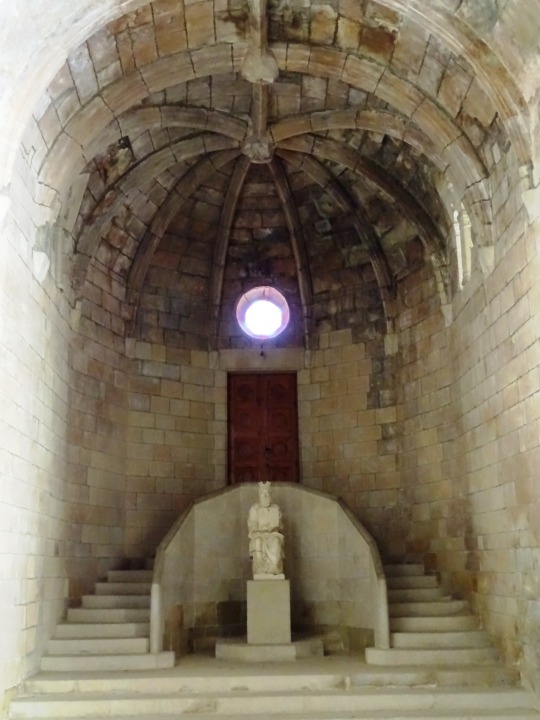
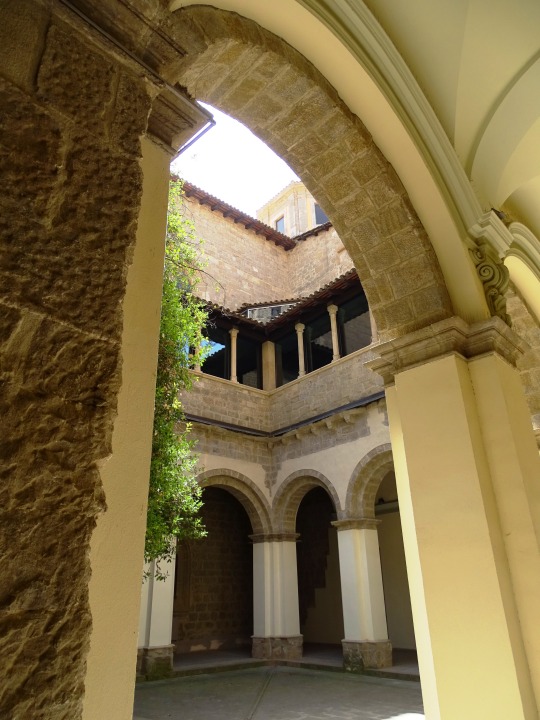

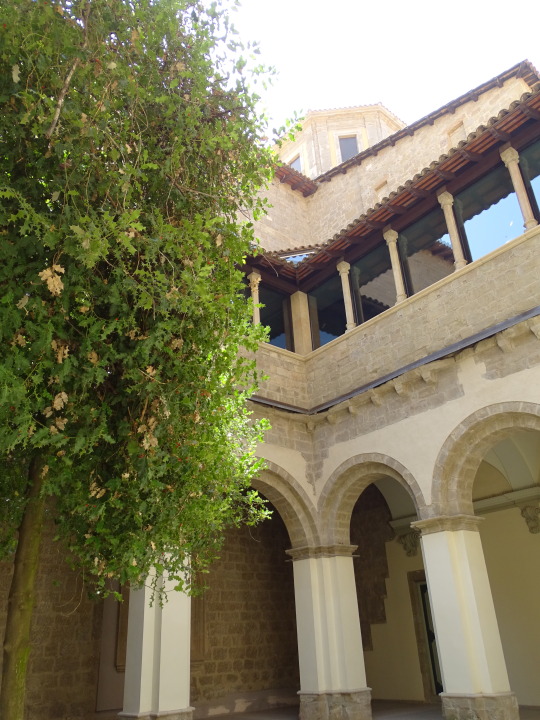
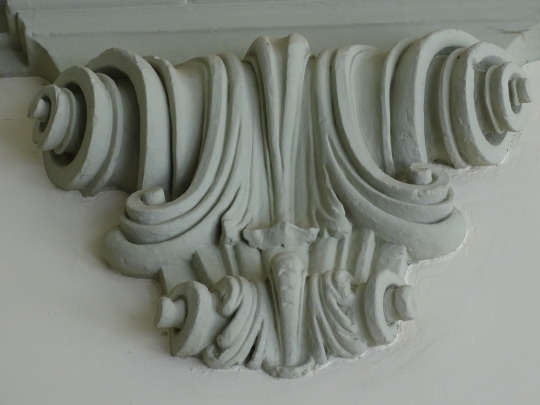
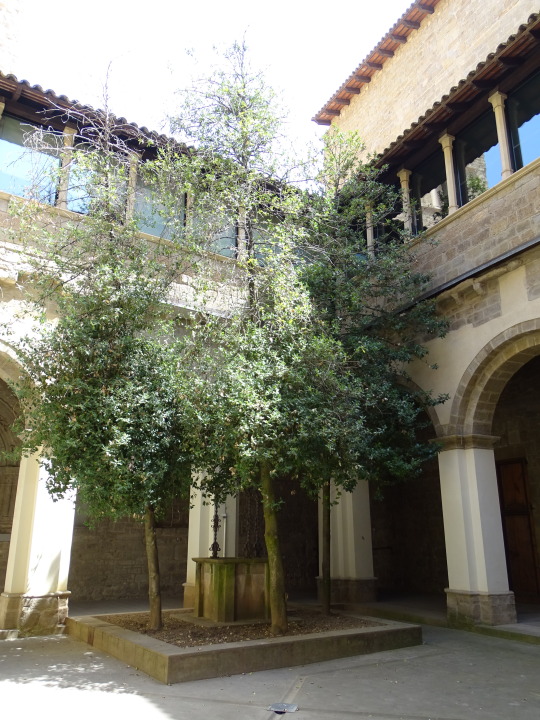

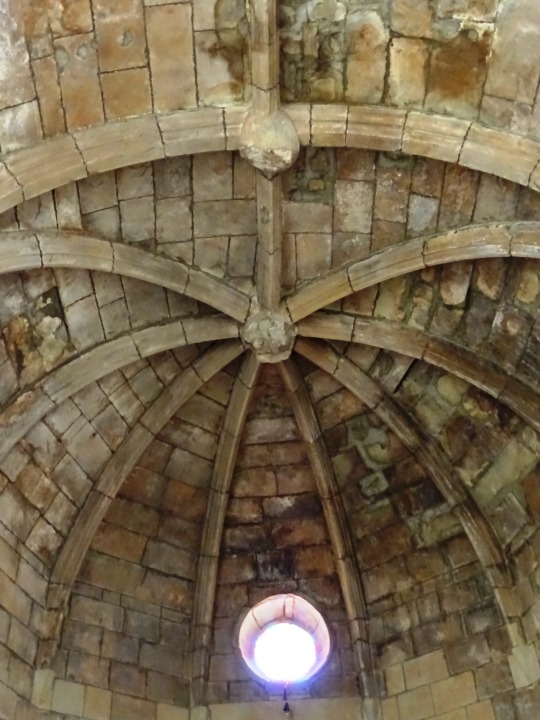

Solsona Cathedral, Spain (No. 4)
In the thirteenth century, with the arrival of the Albigensians, fearing for the integrity of the image they hid it inside the well of the cloister they had just built. There is a legend of the child fallen into the well who was saved by the Virgin Mary that seems to have historical foundation.
During the Civil War of 1936, religious images were again endangered, and this time it was hidden in the bell tower box, and later evacuated to France. After the war the image had to be restored, because the figure of the Child had suffered some damage.
Source: Wikipedia
#Cathedral of Santa María de Solsona#Cathedral of Solsona#España#Southern Europe#Nucli antic#travel#original photography#vacation#tourist attraction#landmark#architecture#cityscape#exterior#detail#old town#summer 2021#Northern Spain#interior#organ#stained glass window#tree
3 notes
·
View notes
Text
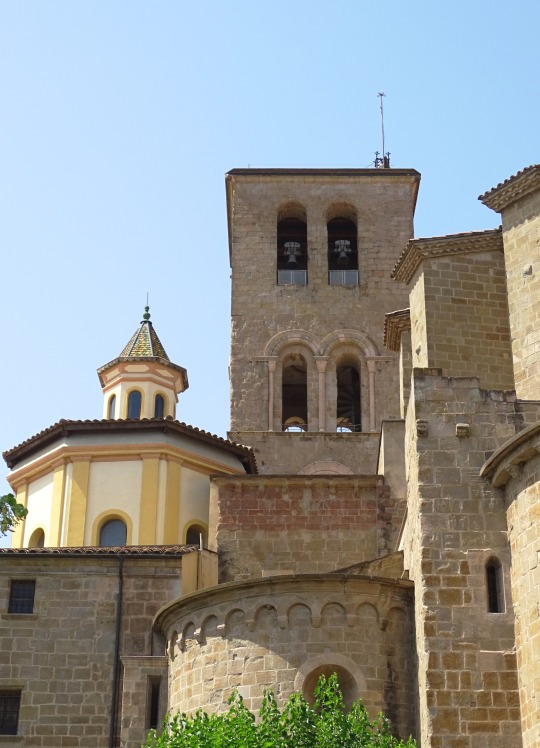
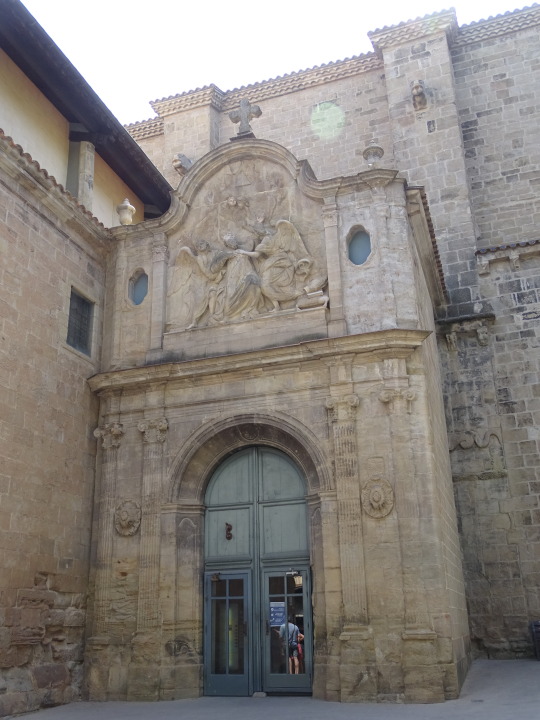

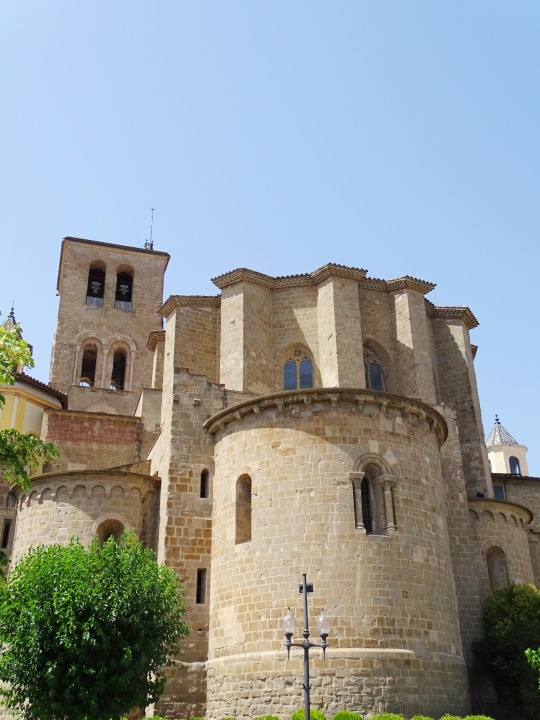

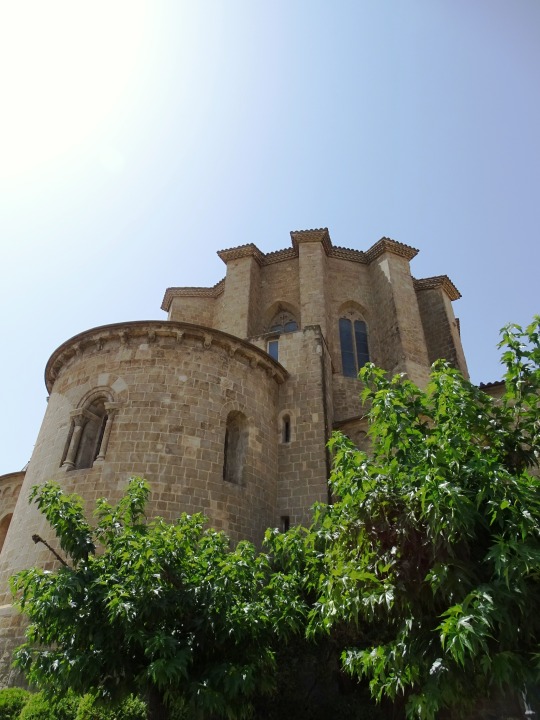

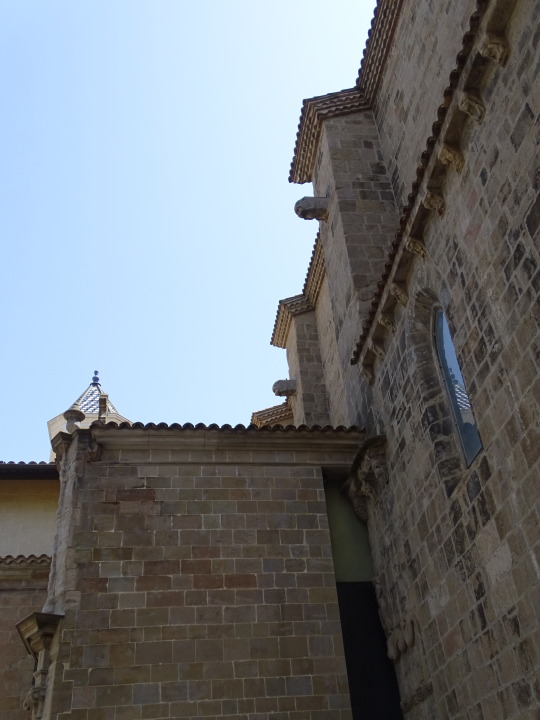
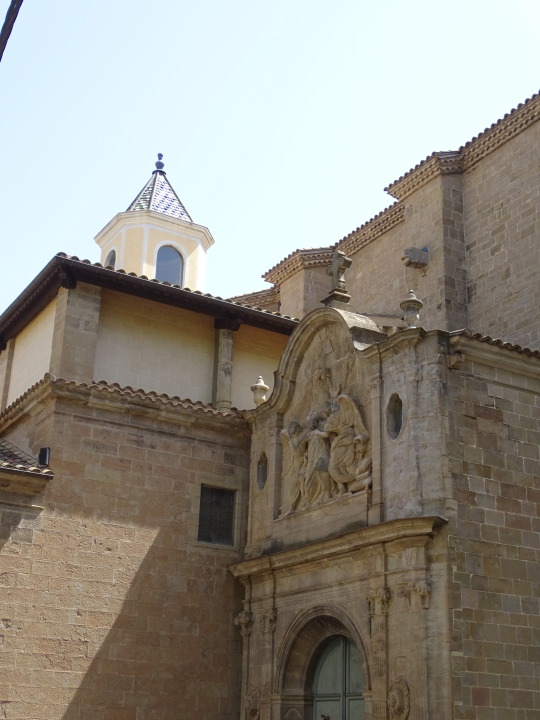

Solsona Cathedral, Spain (No. 1)
The existence of a first pre-Romanesque church is known in 977. The first Romanesque church was consecrated in the year 1070 and there is evidence that it was a temple of recognized interest in its time. From the same period, the three apses, the bell tower and some elements of the cloister are currently preserved, as well as the old cellar and the canons' dining room, today enabled for other purposes. The current cathedral is in the Gothic style and construction began at the end of the 13th century and was completed in the 17th century. The main altar is dedicated to the Assumption of Mary. To the left of the transept is the old parish church with an altar dedicated to the Sacred Heart of Jesus. Right next to it is the chapel of the Virgen de las Mercedes, with an important and outstanding baroque altarpiece by the Catalan sculptor Carles Morató. To the right of the transept the Virgin of the Cloister is venerated, a Romanesque stone image from the 12th century. She is the patron saint of the city and it is one of the most important sculptures of the Catalan Romanesque. Regarding the exterior ornamentation of the building, the two entrances also stand out. the main one, from the 17th century , and the side one that had been the initial entrance to the temple in the year 1070 and in the 18th century was replaced by a current one, dedicated to Saint Augustine, preserving some elements of the old Romanesque entrance. Of note is the chapel of the Virgin of the Cloister, made at the beginning of the 20th century, which follows a noucentista line with some elements of modernism.
Source: Wikipedia
#Solsona Cathedral#Cathedral of Santa María de Solsona#Cathedral of Solsona#España#Southern Europe#Nucli antic#Lleida#Northern Spain#travel#original photography#vacation#tourist attraction#landmark#architecture#cityscape#exterior#summer 2021
3 notes
·
View notes
Text


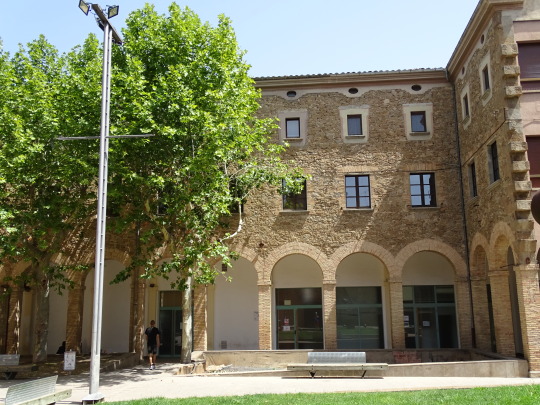
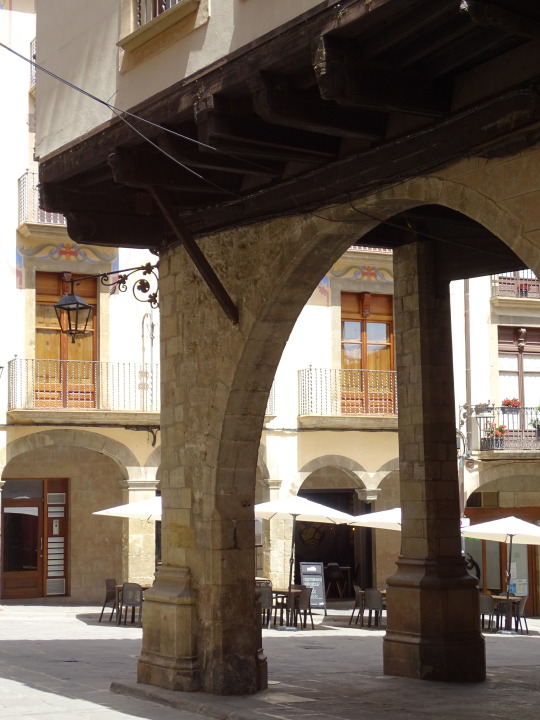
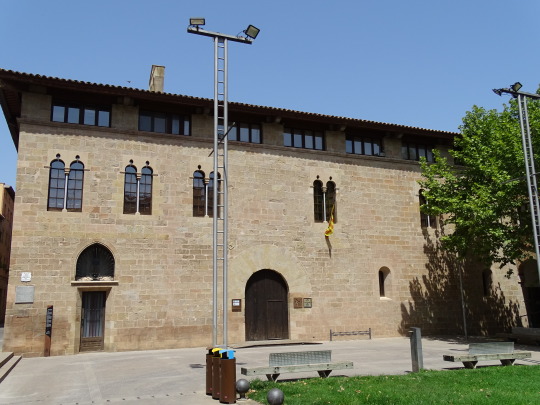
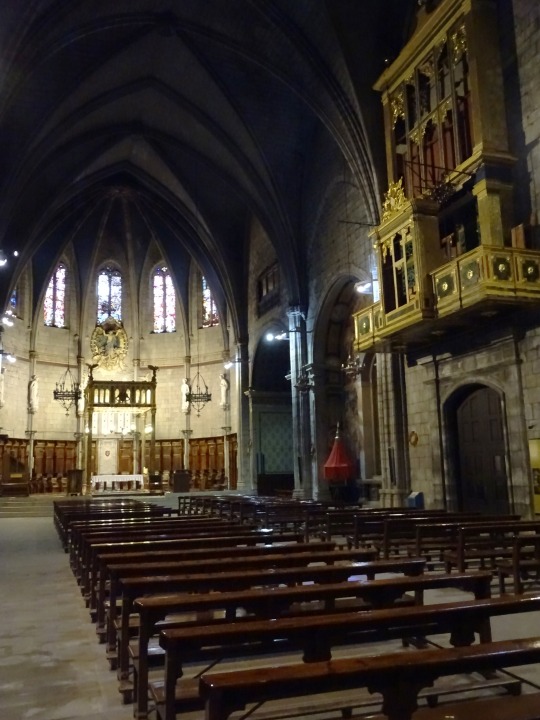

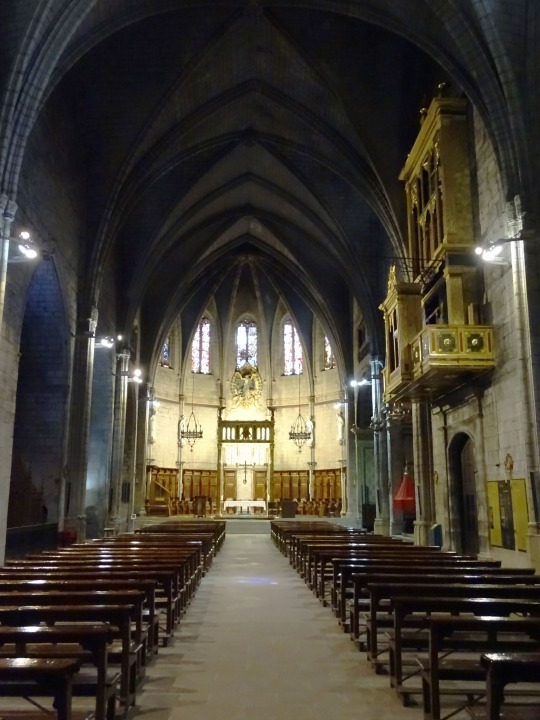

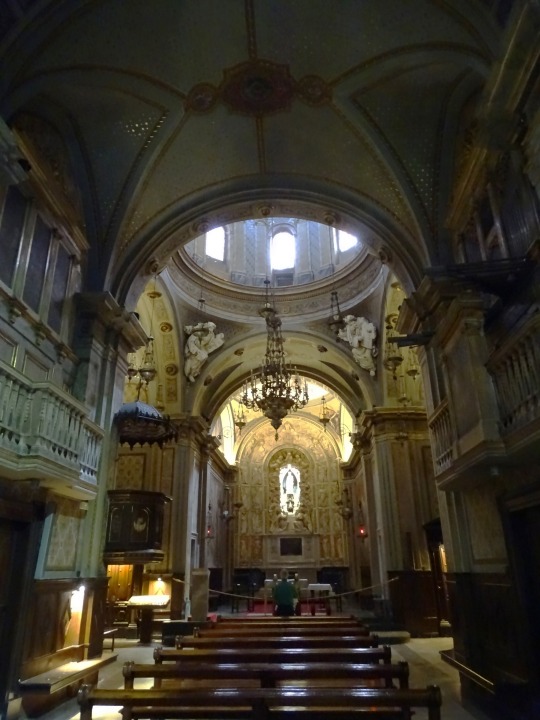
Benches/Chairs (No. 21)
Solsona, E
#travel#original photography#vacation#tourist attraction#cityscape#landmark#architecture#summer 2021#nature#flora#tree#Southern Europe#Spain#España#Lleida#Catalonia#Solsonès#interior#exterior#old town#pedestrian zone#Cathedral of Solsona
0 notes
Text


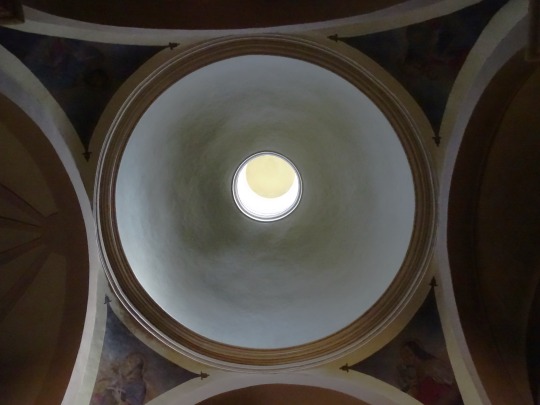

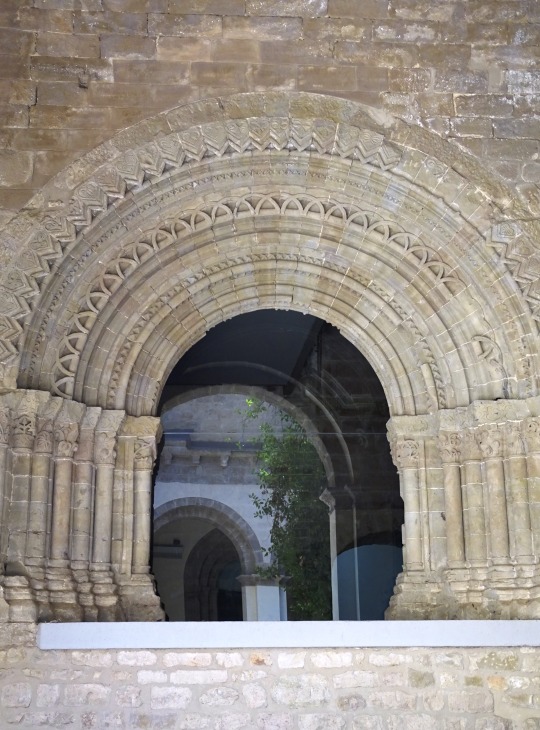





Solsona Cathedral, Spain (No. 6)
There is evidence of a pre-Romanesque temple dating 977. the Romanesque church was consecrated in 1070 and it is stated that it was “a most famous temple in the entire world”. From this time the three apses, the bell tower, some pieces from the cloister, the cellar and the canons’ dining hall, (these days used for different events) have been preserved.
The cathedral today is Gothic and it was begun at the end of the 13th century and finished in the 17th century and finished in the 17th century. On the left of the transept there is the chapel of Mercè with a Baroque altar from the artist Carles Morató. On the right there is the venerated image of la Marededéu del Claustre from the 12th century and catalogued as one of the most important Catalan Romanesque sculptures.
It is easy to imagine the upheaval that the creation of a bishopric in Solsona in 1593 meant for the beautiful medieval Collegiate Church of Santa Maria, which was now to become a cathedral, particularly in regard to renewal of ornamental elements and the making of new altarpieces.
THE HIGH ALTAR (DEDICATED TO THE VIRGIN MARY)
The high altar dedicated to the Virgin Mary was commissioned from the Majorcan sculptor Miquel Vidal (1634), but it was not completed, except for six large panels sculpted in low relief from the predella, which are conserved in the Solsona Diocesan and Regional Museum. Nor does anything remain of the second high altar, commissioned from Jacint Morató in 1730: the dreadful fire caused by Napoleon’s troops in 1810 destroyed it along with many other works. Following this disaster a new high altar was made (1854-1856), the third. However, it was short-lived, as it too was burnt during the Spanish Civil War. Fortunately, six of eight paintings by the distinguished Nazarene artist Claudi Lorenzale survived.
THE CHAPEL OF OUR LADY OF MERCY AND THE SACRISTY FURNISHINGS (TWO BAROQUE WORKS THAT SURVIVED THE FIRE OF 1810 AND THE SPANISH CIVIL WAR)
Only two sets of works from the modern period escaped the fire of 1810 and the later ravages of the Spanish Civil War on the cathedral. These are the Chapel of Our Lady of Mercy and the walnut cupboard and drawers in the canons’ sacristy. The first contains the dynamic altarpiece sculpted around 1750 by Carles Morató, although the sculptural elements were lost. The sacristy holds a beautiful cupboard with painted doors and the reliquary busts of Saint Victoria and Saint Secunda, of fine quality. Unfortunately, the artist is unknown. However we do know that the author of the colourful doors of the reliquary cupboard was Antoni Bordons.
THE CHAPEL OF OUR LADY OF THE CLOISTER
The Chapel of Our Lady of the Cloister (1727-1776), designed to house the prized Romanesque carving, was destroyed on several occasions. Its complex construction, which was also to have an altarpiece and mural paintings, was commissioned from Jacint and Carles Morató—who worked in collaboration with sculptor Josep Sunyer i Raurell. It disappeared due to damage incurred in 1810, 1822 and 1936, but from old descriptions one gathers that it must have been a most impressive example of Catalan Baroque.
OTHER NOTEWORTHY ELEMENTS FROM THE MODERN PERIOD
Elements that should not escape our notice are the modest baroque reredos at the foot of the nave, the work of Isidre Clusa, classical in style and decorated with naive reliefs showing from the life of Saint Martin, originally from the Church of Sant Martí de Riner, although it is disconcerting to see it now topped by a Saint Michael; and the fine groups of sculptures decorating the cathedral’s late eighteenth-century facades, with representations of ‘The Assumption of the Blessed Virgin Mary’ (1768) and ‘The Ecstasy of Saint Augustine’ (1780).
Source
#Cathedral of Santa María de Solsona#Cathedral of Solsona#España#Southern Europe#Nucli antic#travel#original photography#vacation#tourist attraction#landmark#architecture#cityscape#exterior#detail#old town#summer 2021#Northern Spain#interior#tree#courtyard
1 note
·
View note
Text

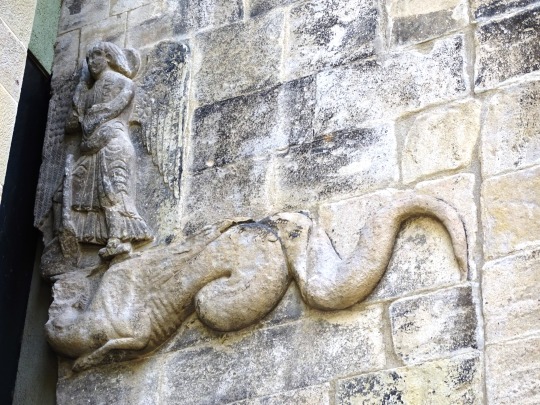
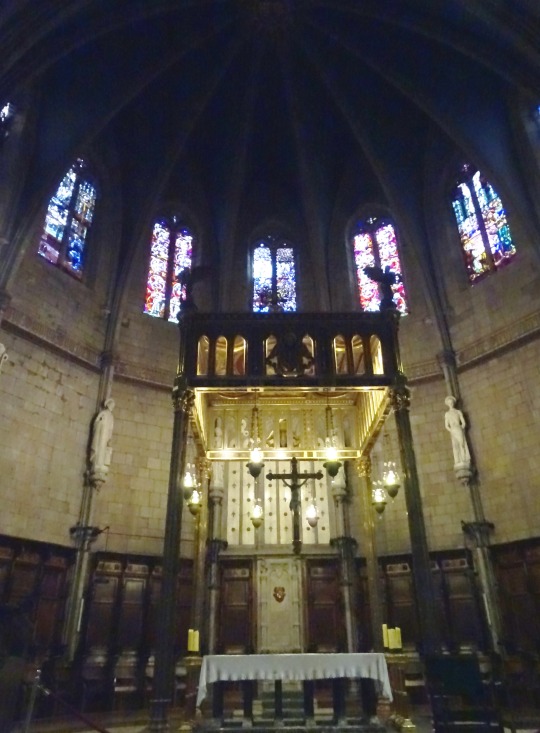
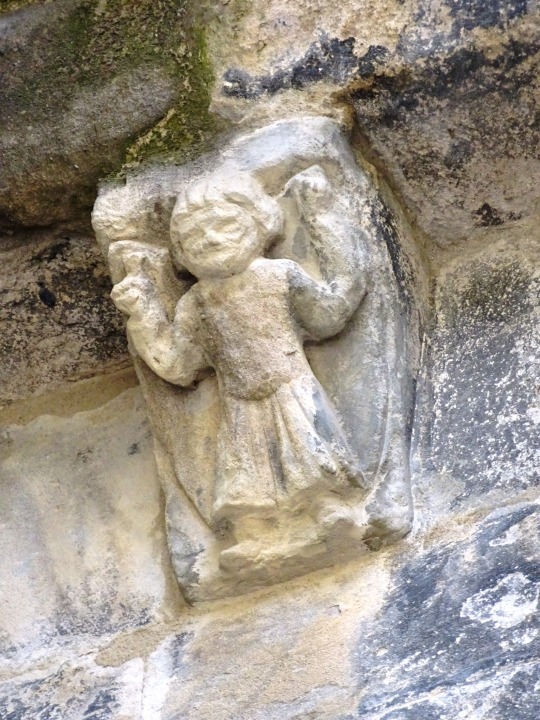
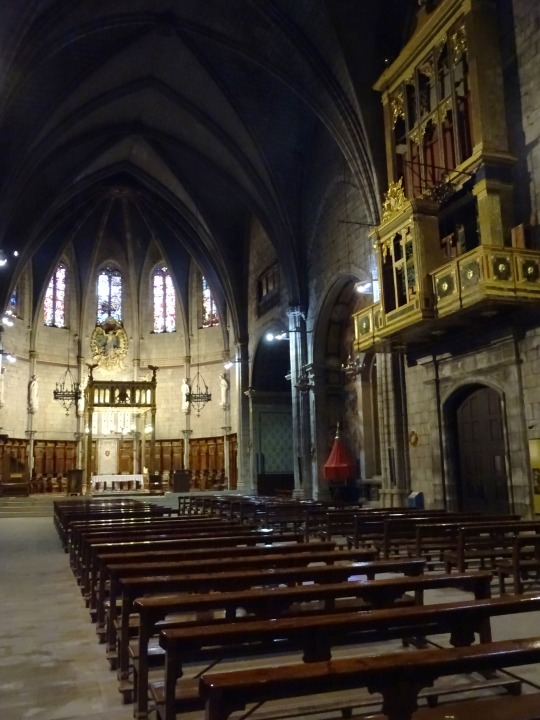
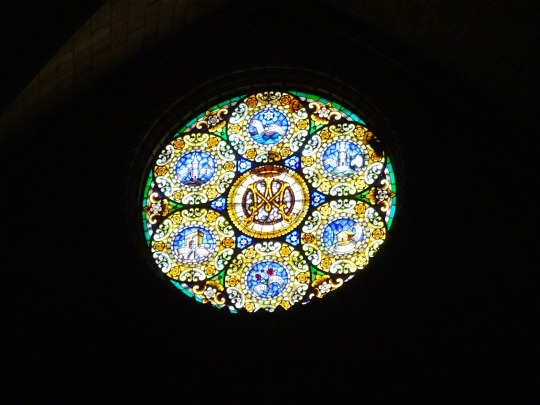
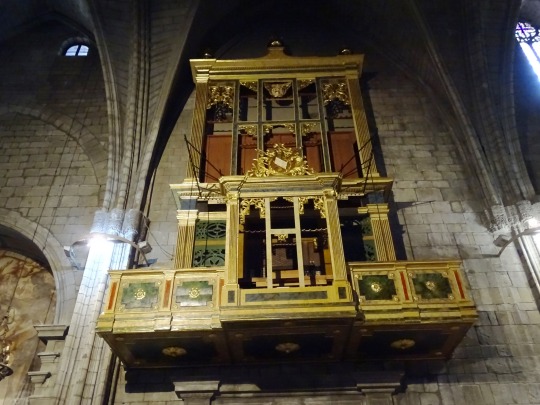
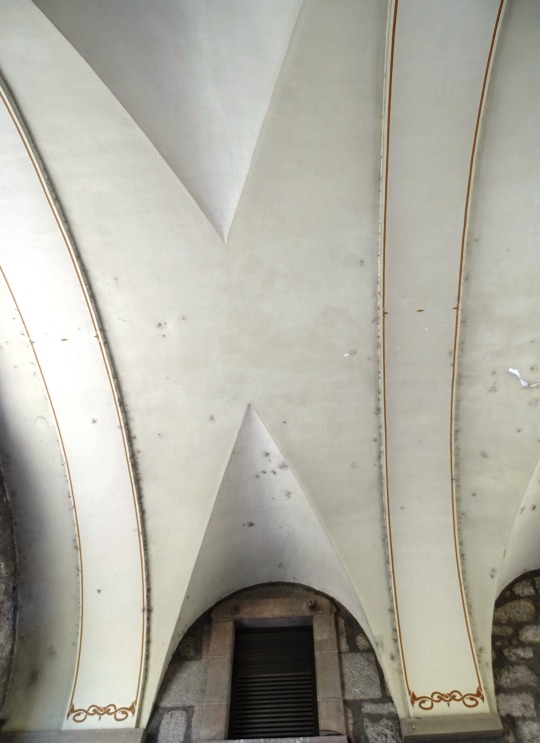
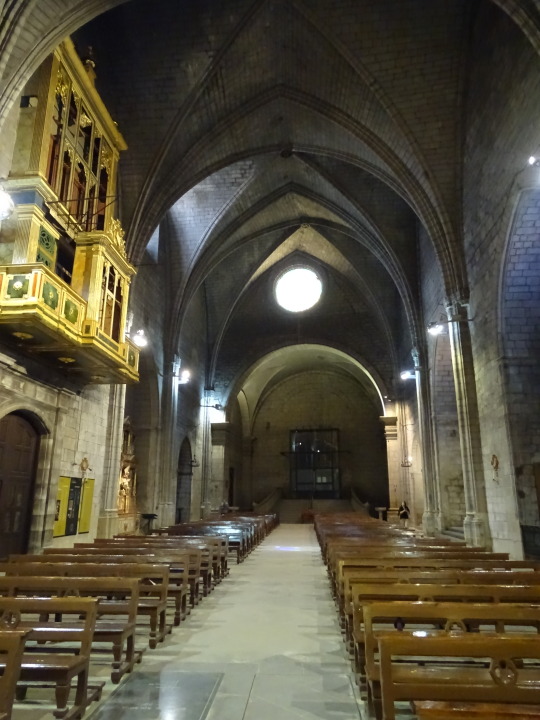
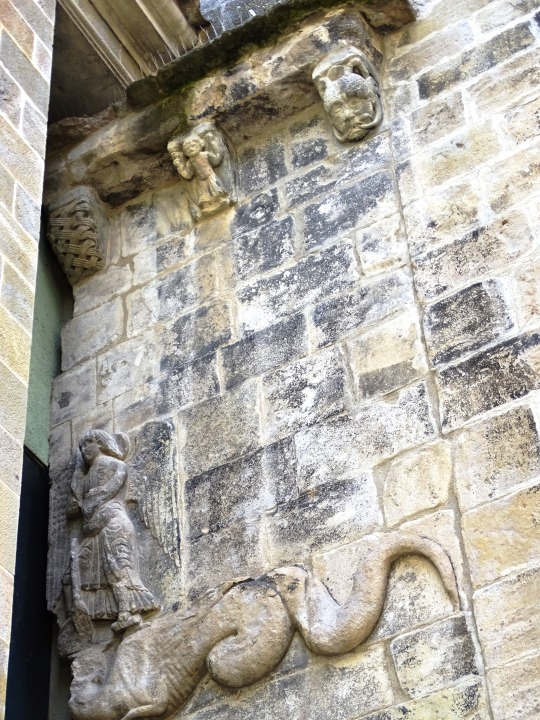
Solsona Cathedral, Spain (No. 3)
On the right is the chapel of the Cloister where the image of the Virgin of the Cloister, patron saint of the city, is venerated. It is a stone carving of the late twelfth century, listed as one of the most important sculptures of Catalan Romanesque.
It was made by the master Gilabert (Gilabertus) of Toulouse, one of the most important of the time. The image is 105 cm high. She is seated on a throne, with the Child in her skirt, and under her feet are represented two monsters. The image is made of stone and the years have blackened it.
Source: Wikipedia
#Cathedral of Santa María de Solsona#Cathedral of Solsona#España#Southern Europe#Nucli antic#travel#original photography#vacation#tourist attraction#landmark#architecture#cityscape#exterior#detail#old town#summer 2021#Northern Spain#interior#organ#stained glass window
1 note
·
View note
Text

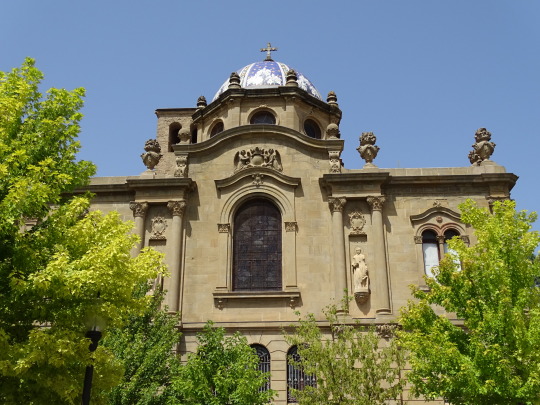

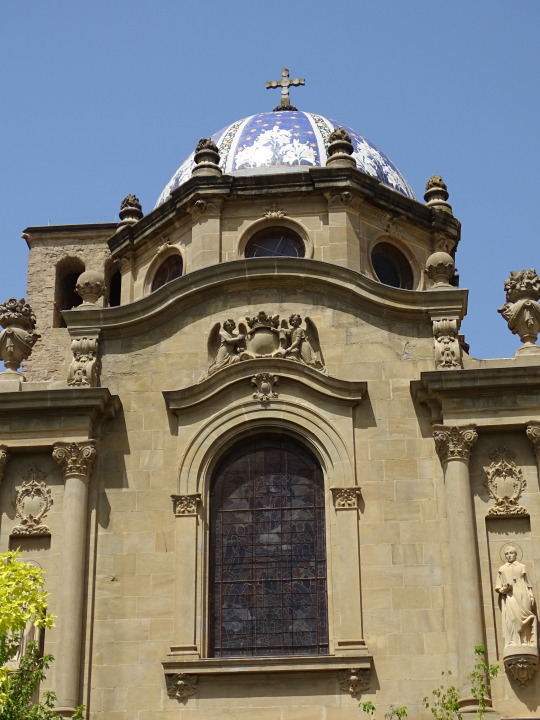

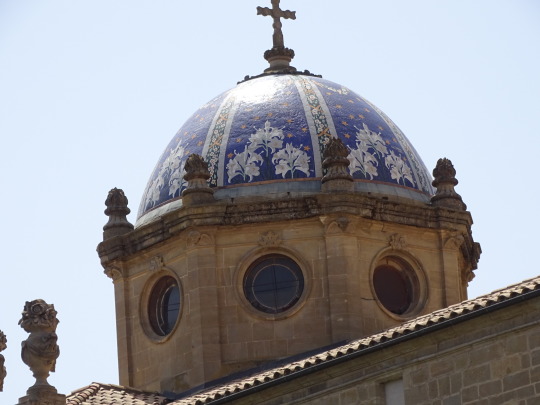
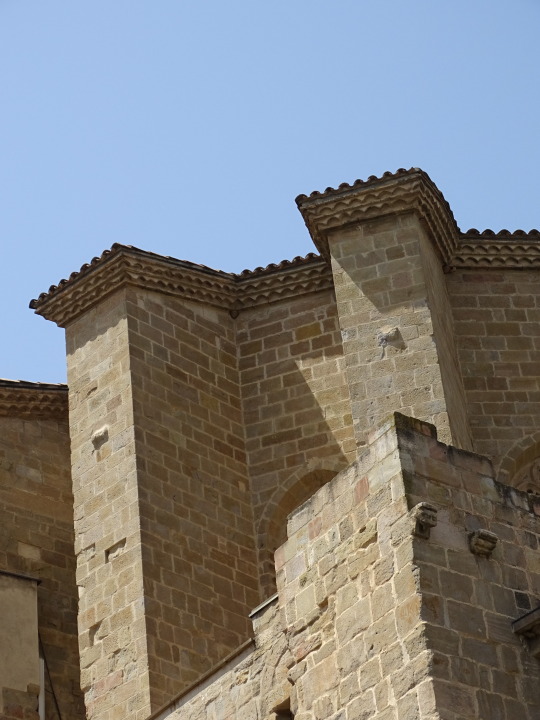
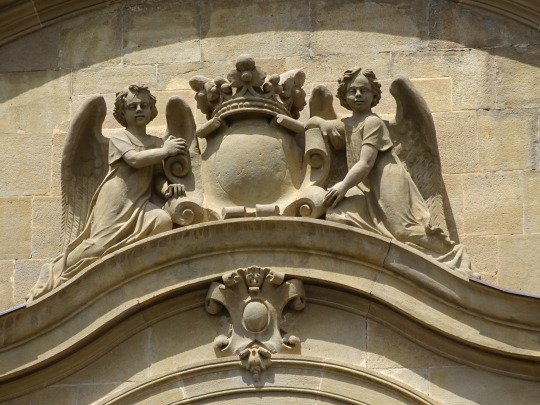
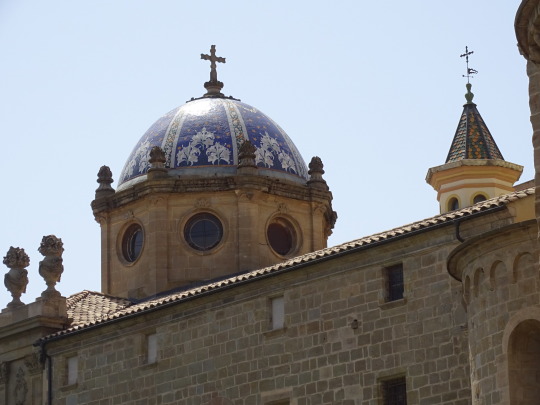
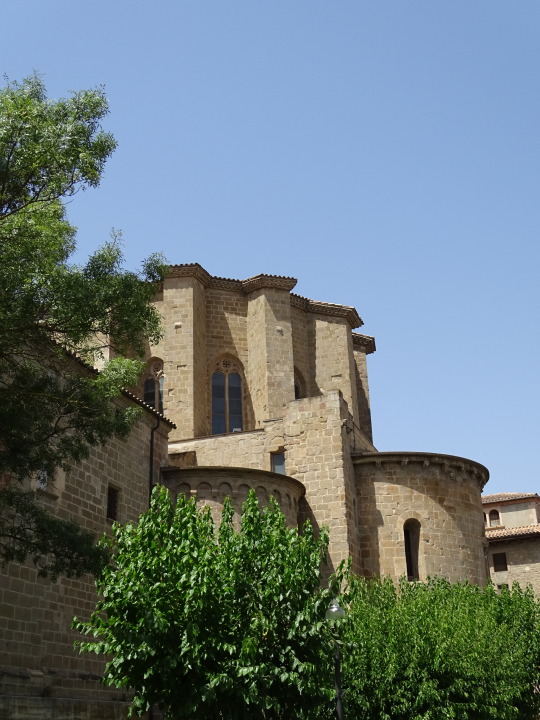
Solsona Cathedral, Spain (No. 3)
Most of the work is from the fourteenth century, but the Romanesque temple consecrated in 1163 retains the apse (with window with archivolts, two columns and capitals), two apsidioles (the north one raised), and the square bell tower (the upper part is from the sixteenth century) with windows well adorned with archivolts, capitals and columns. They are also Romanesque some walled windows on the north façade and the Lleida school door that overlooks the cloister, from the eighteenth century, with flared arch, capitals and columns. The primitive Romanesque church of Santa Maria had the monastery nearby, attached to its walls. It was located where the Episcopal Palace is today.
The current cathedral, in Gothic style, was begun in 1299 and finished in 1630 with the construction of the presbytery. To the left of the transept is the parish with a baroque altarpiece dedicated to the Virgin of Mercy.
In the eighteenth century, on the initiative of Bishop Rafael Lasala y Locela, the gate and the door of San Agustín were built, destroying for this reason the great Romanesque portal.
Source: Wikipedia
#Cathedral of Santa María de Solsona#Cathedral of Solsona#España#Southern Europe#Nucli antic#travel#original photography#vacation#tourist attraction#landmark#architecture#cityscape#exterior#detail#old town#summer 2021#Northern Spain
1 note
·
View note
Text
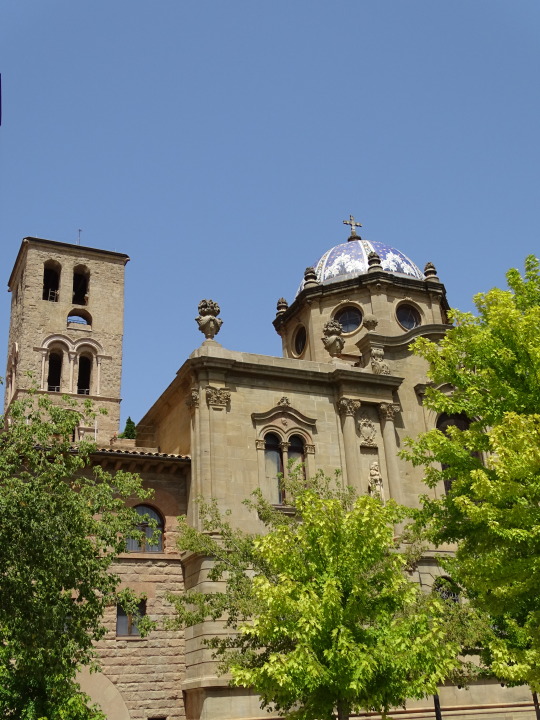
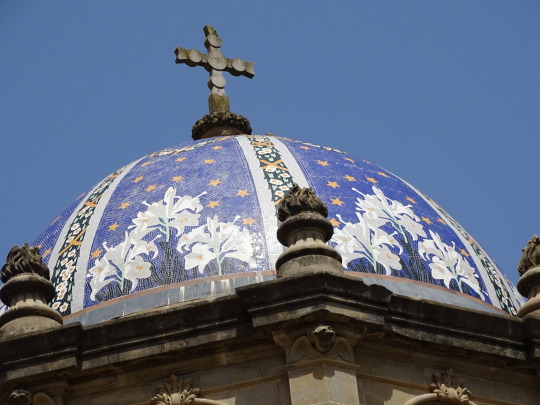
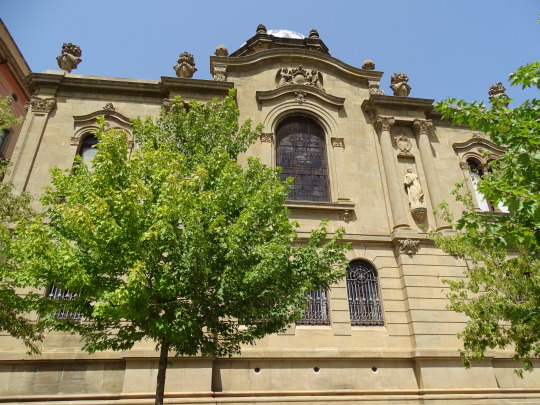

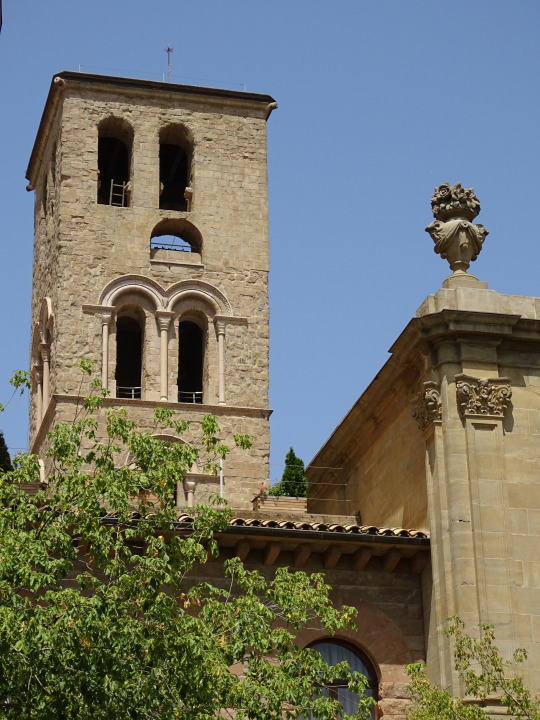

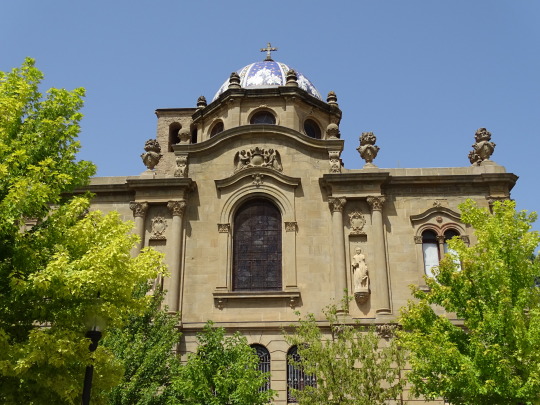


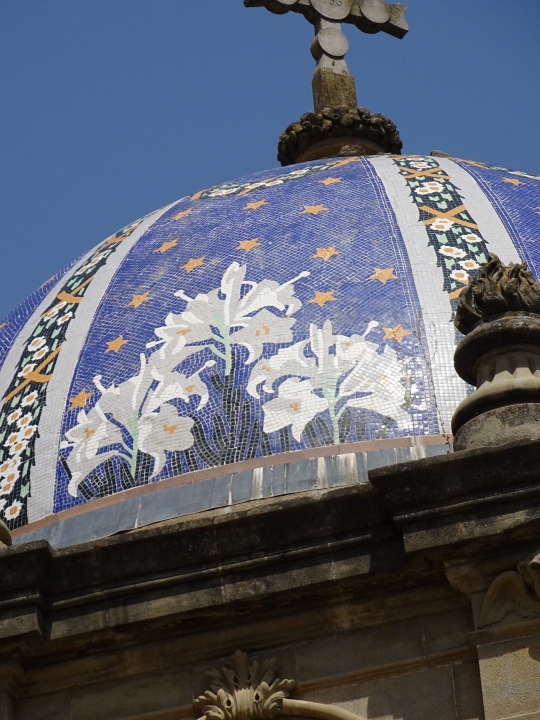
Solsona Cathedral, Spain (No. 2)
The Cathedral of Santa María de Solsona is a Spanish Catholic temple located in the town of the same name, in the province of Lérida, seat of the Diocese of Solsona. It integrates a complex of buildings dating from the end of the 12th century to the 18th century, with Romanesque, Gothic and Baroque styles. The Episcopal Palace, attached to the cathedral, is part of the complex.
Source: Wikipedia
#Cathedral of Santa María de Solsona#Cathedral of Santa María de Solsona#Cathedral of Solsona#España#Southern Europe#Nucli antic#travel#original photography#vacation#tourist attraction#landmark#architecture#cityscape#exterior#detail#old town
1 note
·
View note
Text

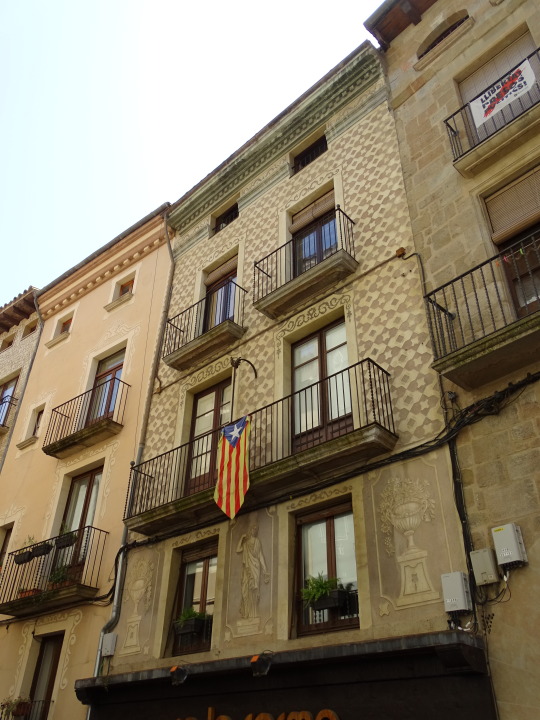
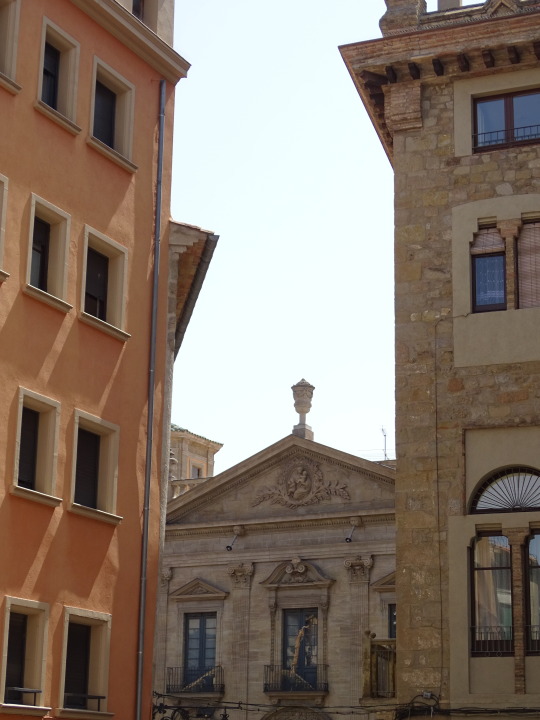
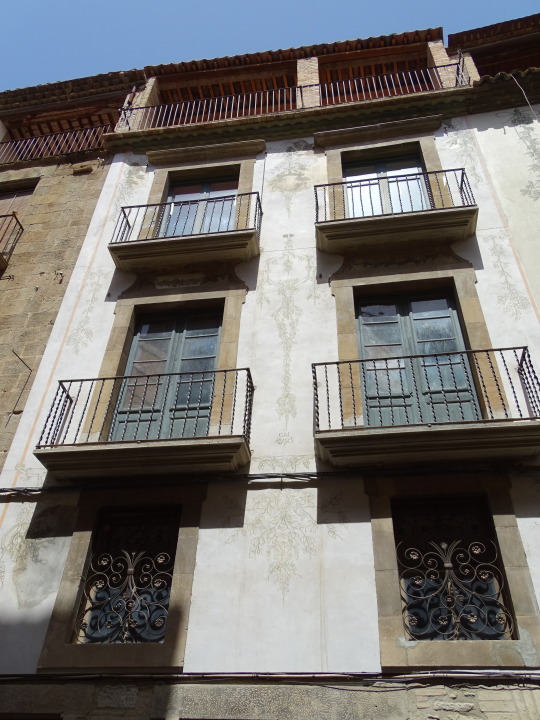
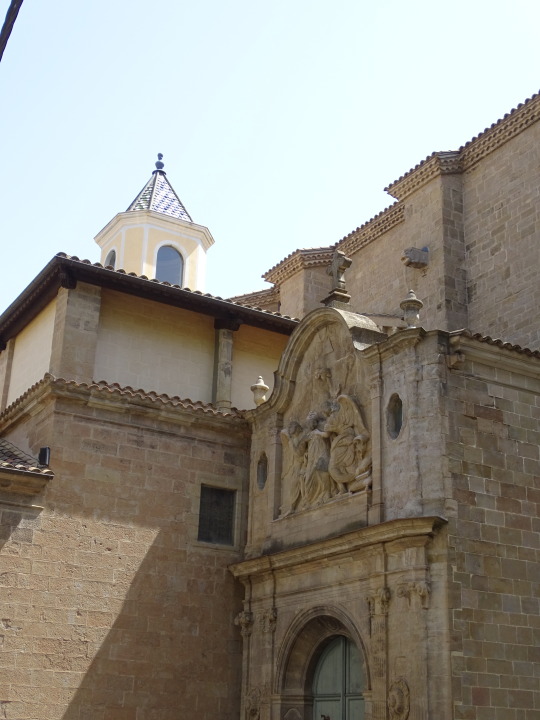
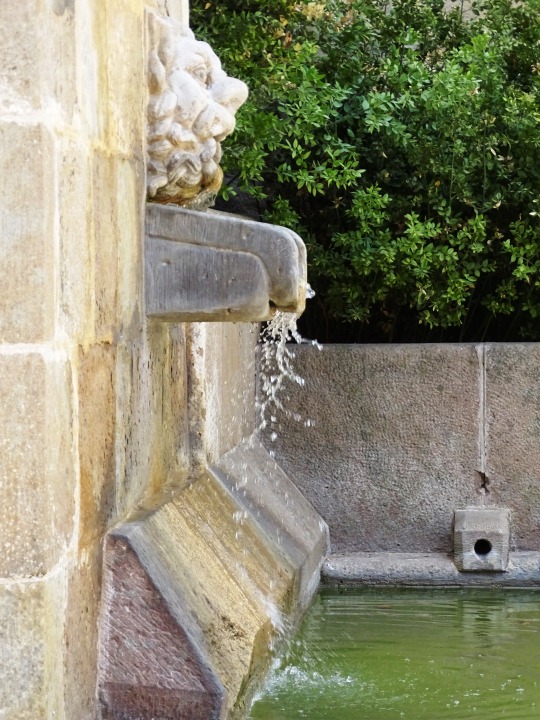

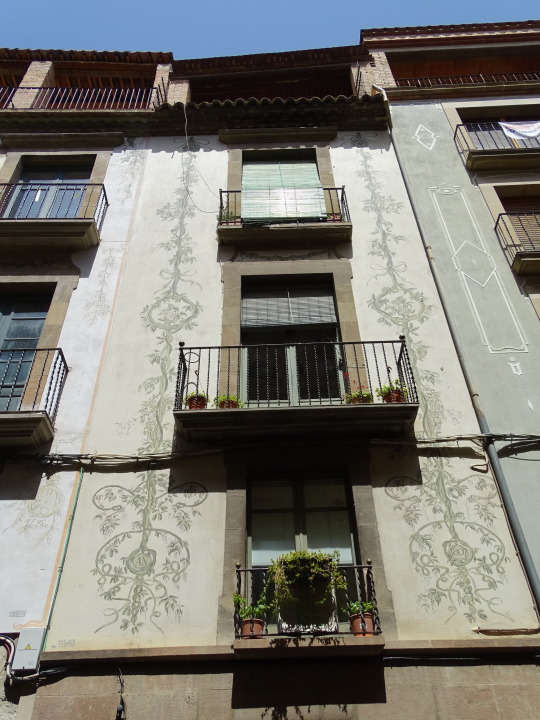
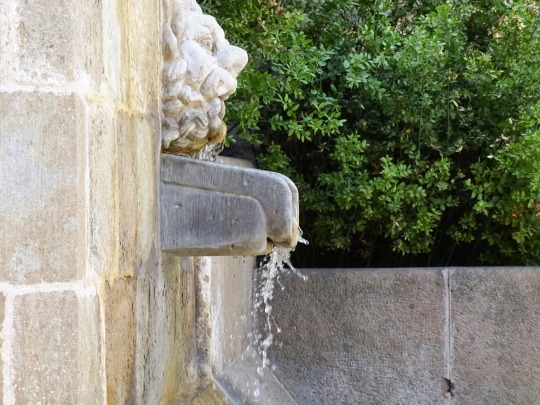
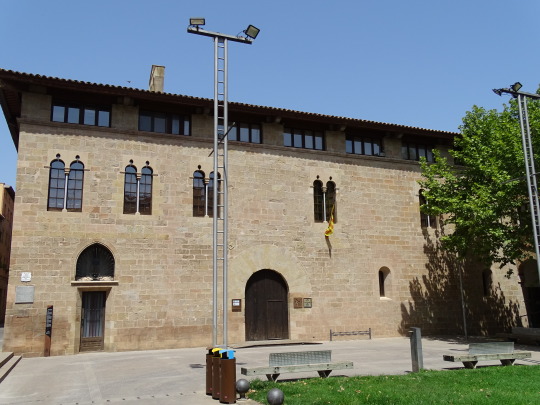
Solsona, Spain (No. 8)
Francisca de Llobera, daughter of merchants, in her will dated 1411 left her legacy for the construction of a hospital for the poor, the current Llobera Palace. The building changed its use, becoming a hospital, a Dominican school, a literary university, a seminary, a parish school and is currently the headquarters of the Solsonès Regional Council. Its façade and its small cloister stand out, elements that recall the antiquity of the building.
Other points of interest stand out, such as the other most characteristic fountains of the city in the Plaza de la Catedral and the Plaza de San Isidro, the Hotel San Roque, a renovated hotel of modernist construction, the Plaza del Campo and the promenade from which the old city extended, and on the outskirts stands the Parque de la Virgen de la Fuente, where one feels enveloped by nature a few kilometers from Solsona.
Source: Wikipedia
#Solsona#Llobera Palace#Catalonia#Lleida#Northern Spain#Solsonès#España#Southern Europe#travel#original photography#vacation#tourist attraction#landmark#architecture#cityscape#church fountain#summer 2021#exterior#Cathedral of Solsona
0 notes
Text

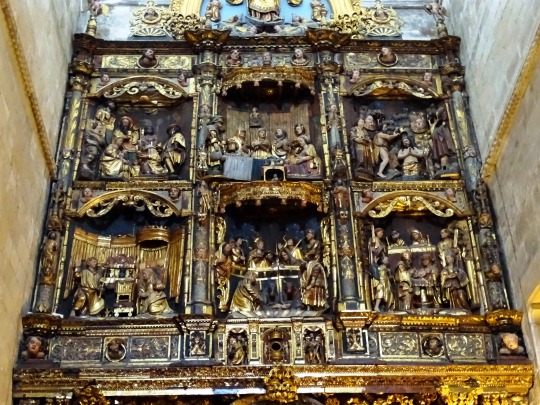

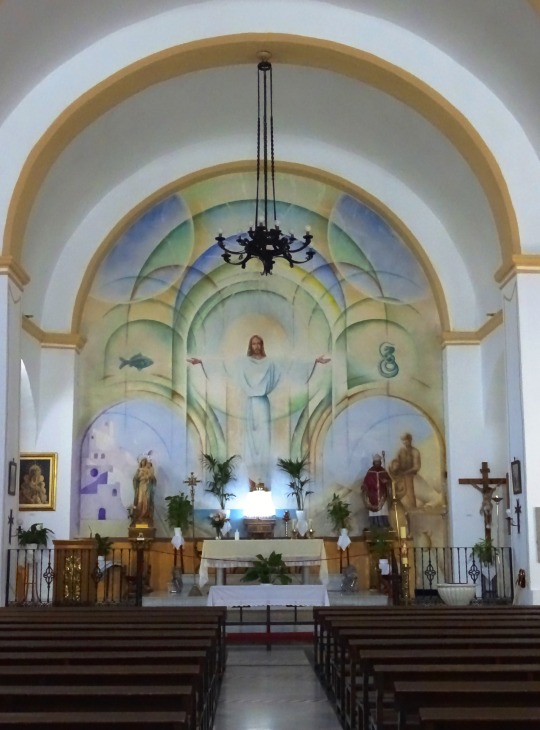
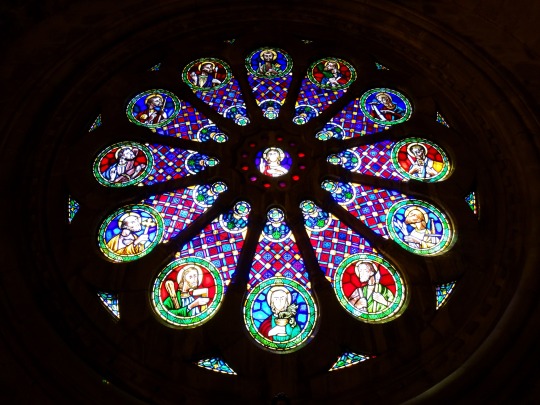
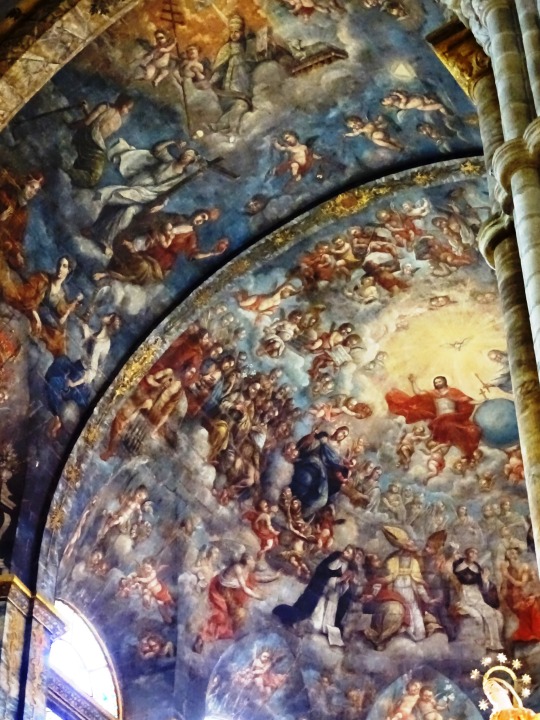
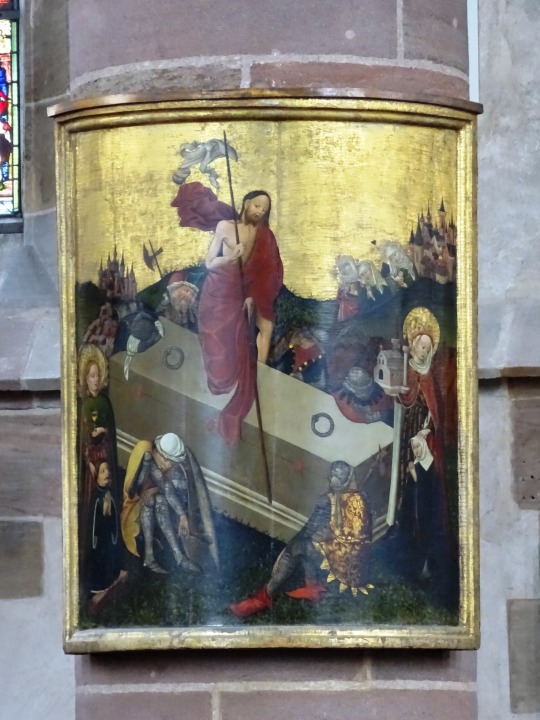
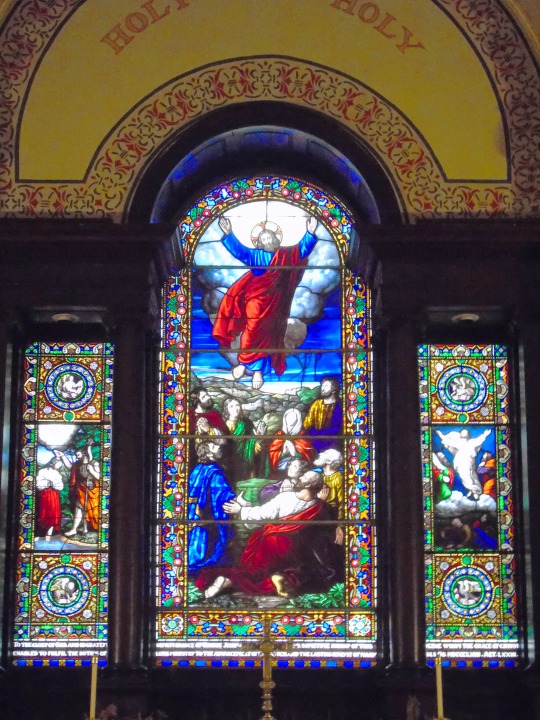

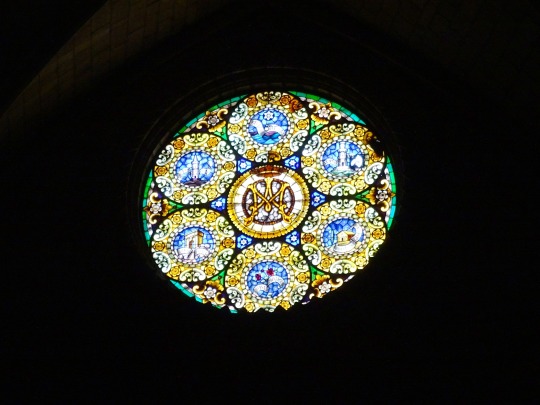
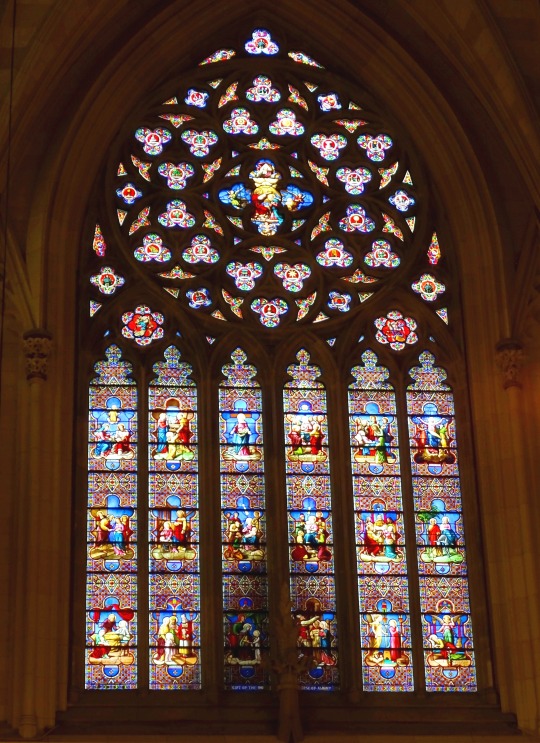
Ascension Day
We commemorate Jesus Christ’s ascension into heaven (as per Christian belief) by celebrating Ascension Day, which occurs on the Thursday, which is 40 (or 39) days after Easter. This year, it will take place on May 9. Known by multiple names — The Feast of the Ascension, The Ascension of Jesus, Ascension Thursday, Holy Thursday, or Solemnity of the Ascension of the Lord — this is a Christian holiday that doubles as a public holiday in many countries like Austria, Belgium, Denmark, Germany, France, Switzerland and more.
History of Ascension Day
One of the earliest Christian festivals, Ascension Day marks the end of the Easter season. This event is celebrated primarily by Catholics and Anglican Christians; most Protestant churches do not follow this tradition anymore. The date, too, differs in different geographic locations. Western Churches prefer to use the Gregorian calendar for calculating this date, while many Eastern Orthodox Churches calculate this date according to the Julian calendar. As a result, their celebrations occur at a later date than the Western event.
As per the New Testament in the Bible, after Jesus Christ’s crucifixion on Good Friday, he was resurrected from the dead in three days, on the day we know as Easter Sunday. For 40 days after this, he stayed with his Apostles (the primary disciples of Christ) to instruct them on how to carry out his teachings. As the Bible says, at the end of day 40, Jesus Christ and his disciples went to Mount Olivet (or the Mount of Olives), near Jerusalem. After asking them to stay, Christ then ascended to heaven to take his seat at the right hand of God, under the gaze of his disciples. To Christians, the ascension signifies that Christ completed his work on Earth and allowed him to prepare a place for his followers in heaven.
Initially a part of Easter celebrations, this day was later separated from Easter, along with Pentecost. Celebration of Pentecost ends the cycle of Easter-related events in the Christian calendar.
Ascension Day timeline
68 A.D. The Tradition Begins
Ascension Day begins to be observed, albeit with two other holidays — Easter Sunday and Pentecost.
300 A.D. Ascension Day Develops As A Separate Tradition
A decree declares this celebration now must be observed separately — it is moved to 40 days after Easter.
385 A.D. First Written Evidence Appears
We see the very first piece of written evidence that the Ascension Day Feast is celebrated.
5th century Ascension Day Starts Appearing In Art
Christian art showcases this holiday.
6th century Art Begins To Reflect Different Versions
Syria develops a different version of the Ascension, which is later adopted by Byzantine art.
18th century Germany Celebrates Father's Day
Ascension Day coincides with Father's Day in Germany — they celebrate Jesus returning to the Holy Father.
19th century Germany Celebrates With Colourful Parades
To replicate the way the Apostles walked with Jesus, Christians begin to host colorful parades as a commemoration.
How To Observe Ascension Day
Go to church
Attend church processions
Listen to hymns
Learn how your local church celebrates this day. Take some time to attend a Mass or Christian church service. Clarify the details before you go, as these services differ based on whether the church is Protestant or Catholic.
Tradition says this holiday is observed by a three-day procession, then the feast itself, which includes a procession of torches and banners to symbolize Christ’s journey to the Mount of Olives and entry into heaven. While your local church might not have such grand festivities, find out if they are still carrying out a procession.
Listening to hymns is a traditional part of Ascension Day celebrations. A medley of these religious songs can have you humming along for days. Even popular artists have been known to hum a hymn or two over the years. Check out Carrie Underwood’s ‘Something In The Water,’ or U2’s ‘Where The Streets Have No Name,’ or even John Legend’s ‘Preach.’
Facts About Ascension Day
In Sweden, people go on early morning walks
The British celebrated by 'beating the willow'
Welsh people don’t work on this day
Portugal celebrates by keeping wheat in their houses
Indonesia has a public holiday on Ascension Day
Many people go out into the woods at 3 AM or 4 AM to hear the birds at sunrise, believing that hearing a cuckoo from the east or west brings them good luck — this activity is called ‘gökotta.’
In the olden days, as young boys were driven along the parish boundaries, they were beaten with willow branches to drive away evil.
It is more than a holiday celebration in Wales — Welsh people believe that it is unlucky to do any work on Ascension Day.
Traditionally, rural Portuguese households keep wheat in their homes throughout the coming year — this day is associated with peace and prosperity and, to them, wheat symbolizes prosperity.
Despite Christianity being a minor religion in Indonesia, Ascension Day is designated as a public holiday.
Why Ascension Day Is Important
It is an opportunity for reflection and to gain inner peace
We learn about Christian traditions
It helps us expand our cultural horizons
Instances, where we can simply sit, reflect, and learn the true meaning of peace, are rare in our busy worlds. This is why we recommend holding onto such chances with both hands. Ascension Day church services center around this theme. If you are not a religious or church person, simply take a moment to sit by yourself and reflect on your journey so far and how you would like to continue. There’s no better way to celebrate this day than by centering yourself and your thoughts.
Expanding our knowledge is good for us. Plus, learning about Ascension Day not only helps us expand our store of general knowledge, but also inspires us to observe some of the traditions.
Such traditions have been prevalent for a long time, and have taken on varying degrees of importance around the world. Even festivities change as per the customs of a certain region. Learning more about these traditions changes our views of cultures and gives us extended knowledge of people from other nations.
Source
#Mojácar Pueblo#Church of Santa Maria#Lisbon Cathedral#Lisbona#interior#stained glass window#Ascension Day#Auffahrt#long weekend#9 May 2024#39 days after Easter#Saint Mary's Cathedral#Lugo Cathedral#Spain#Portugal#Holy Trinity Anglican Cathedral#Québec#Quebec City#Canada#Germany#Stadtpfarrkirche Unserer Lieben Frau#Nuremberg#Nürnberg#Solsona Cathedral#St. Patrick's Cathedral#Manhattan#New York City#USA#architecture#original photography
3 notes
·
View notes